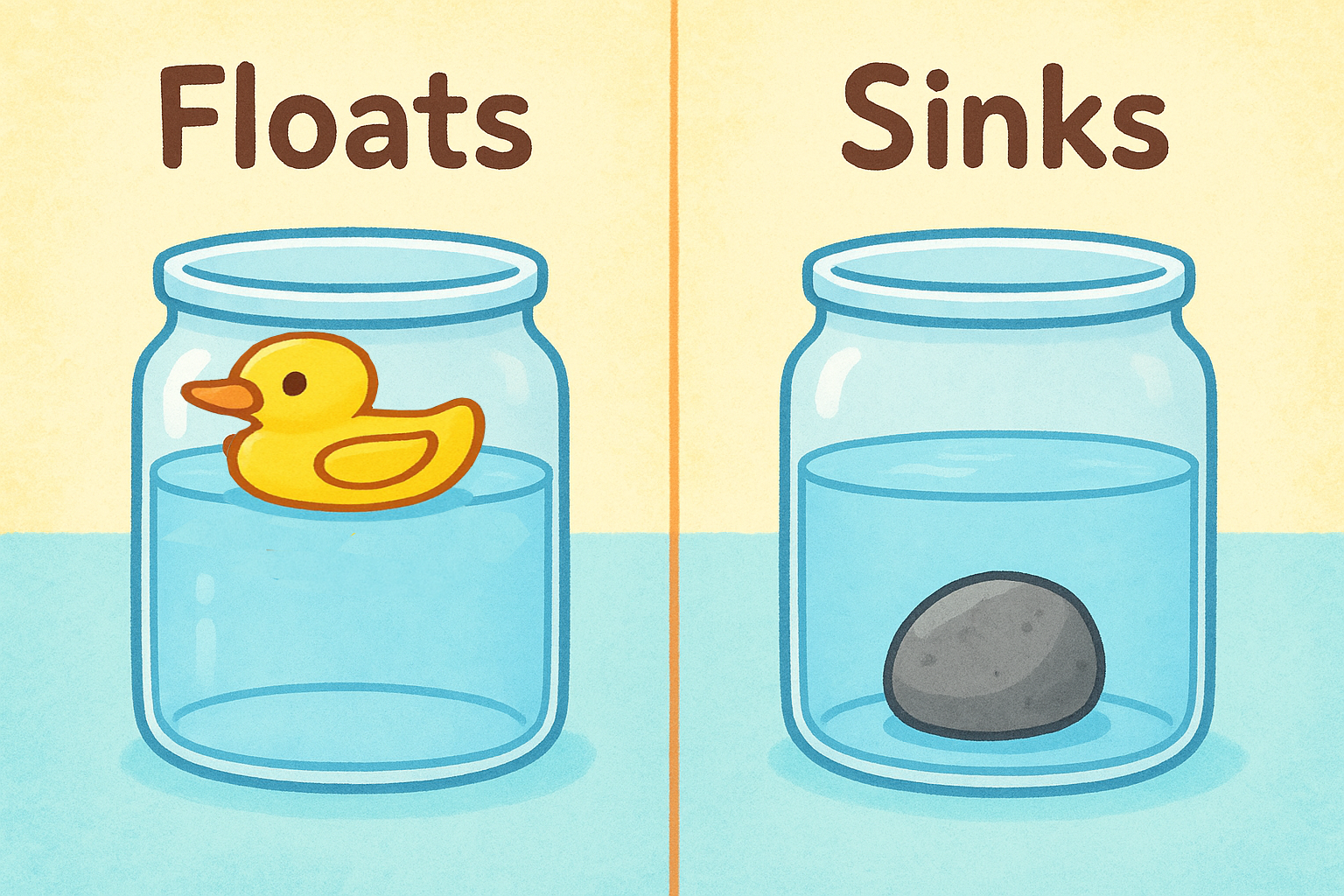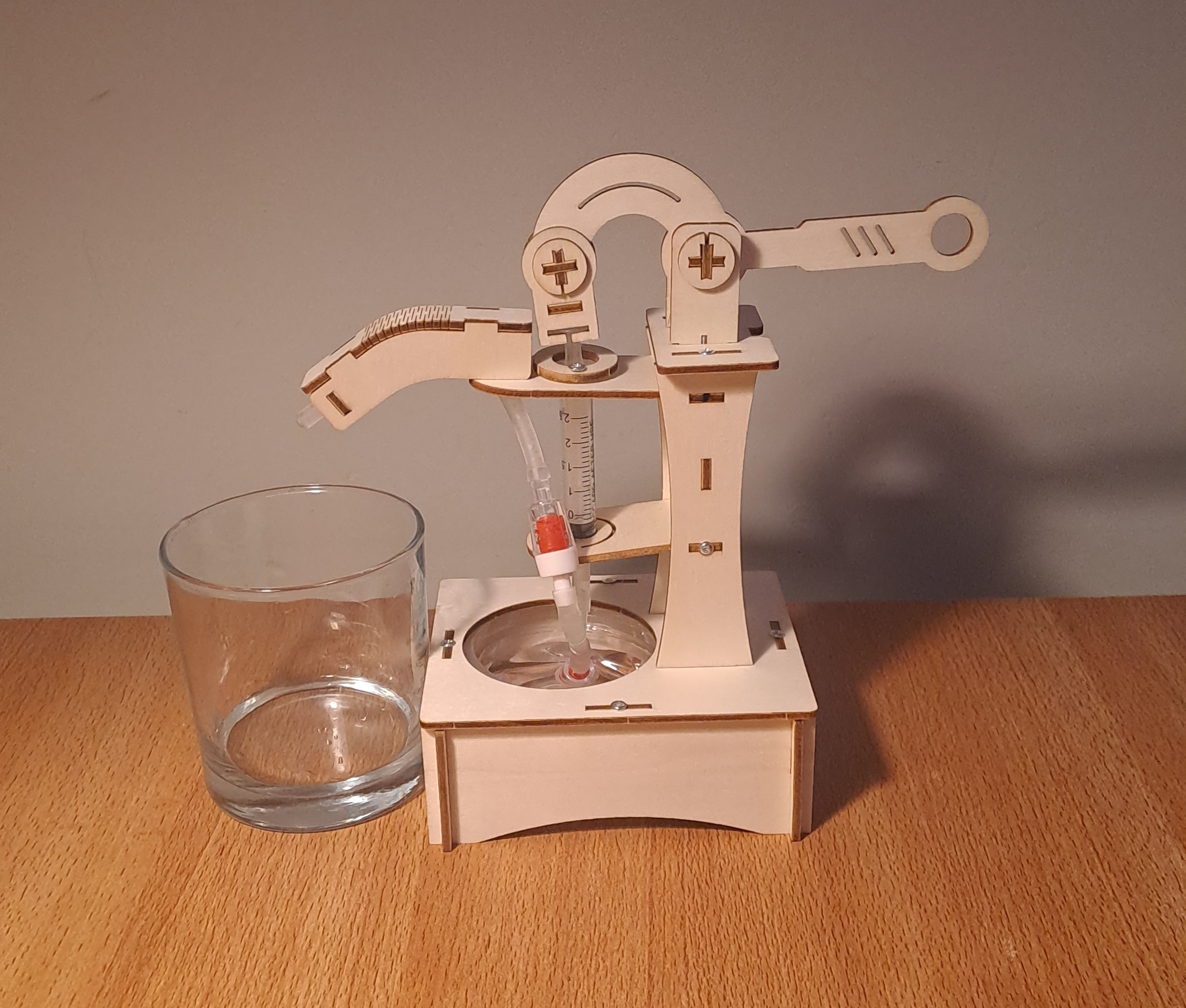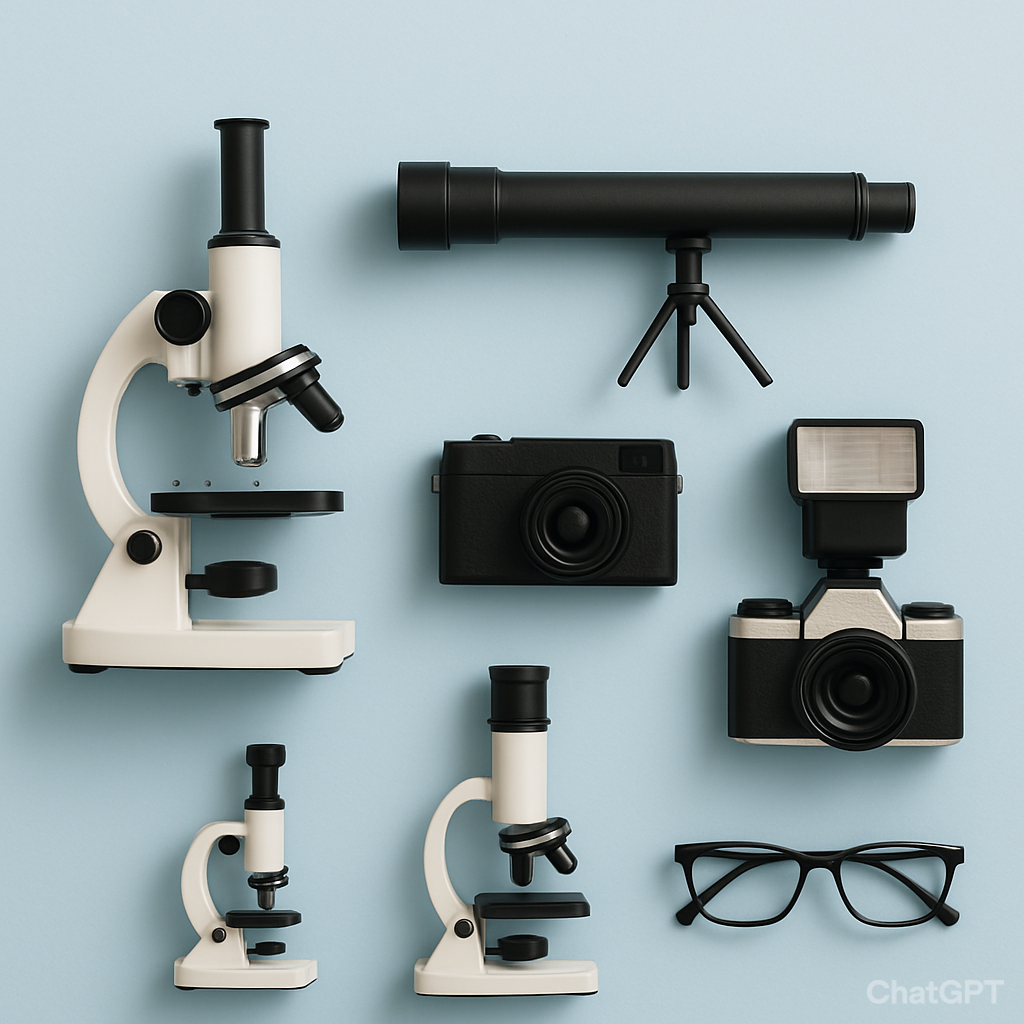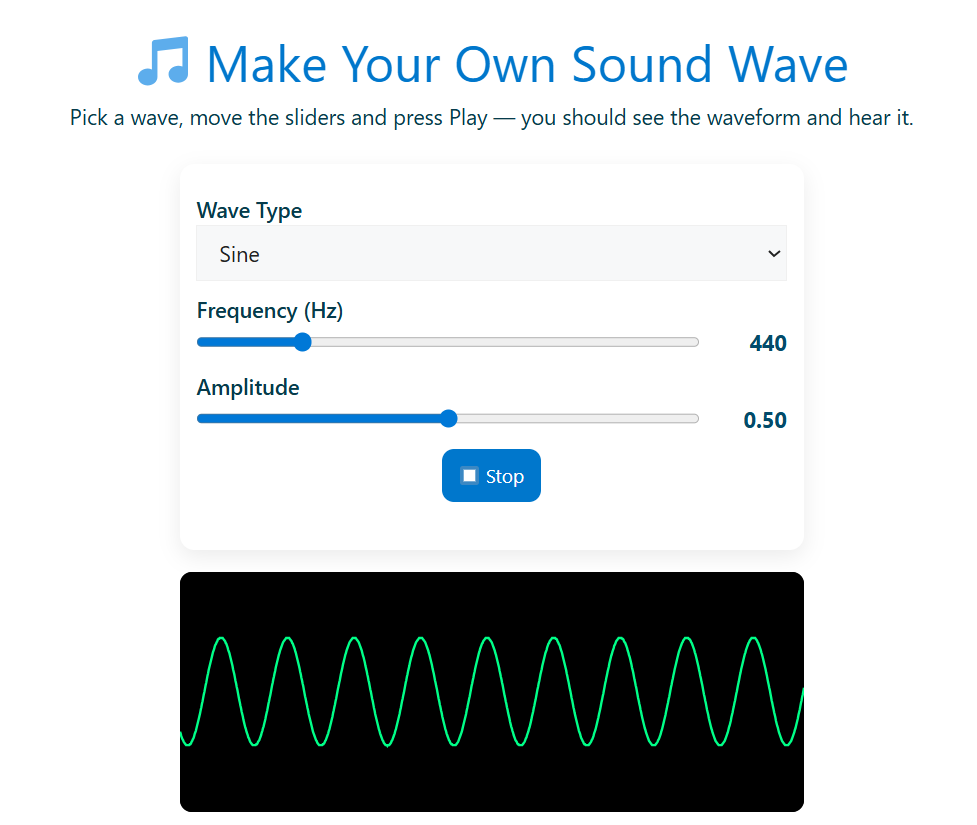Why some objects sink while others float in water?
Whether something is going to sink or float in water depends on the density of the object in water and the density of the water. Density is a measure of how much mass is packed into a certain unit of volume. In short density is mass per unit of volume. The condition of sink and … Read more








